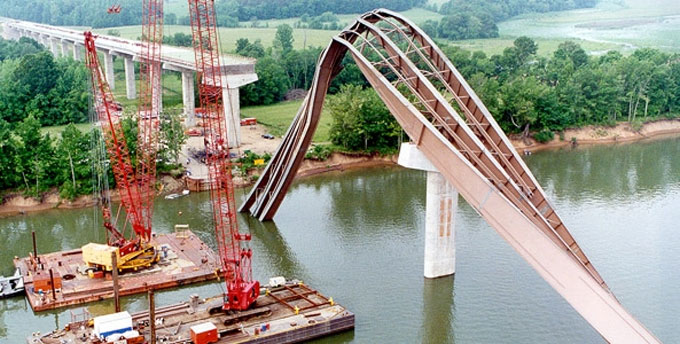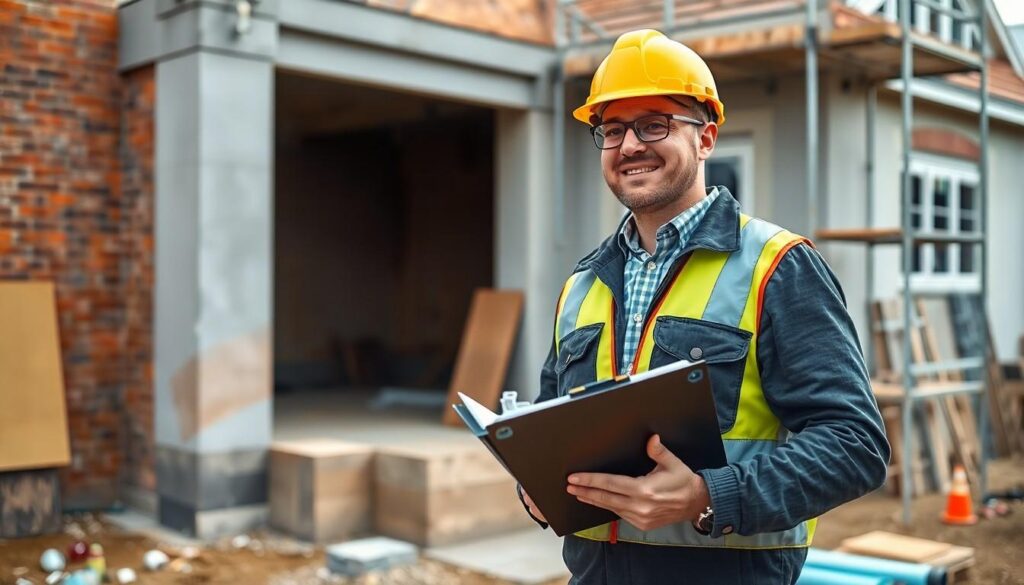Structural Failures: Causes, Impacts, and Prevention

This post was originally published on this site
Structural failures can have catastrophic consequences, leading to loss of life, property damage, and economic implications. Understanding the causes, impacts, and prevention of failures is crucial for ensuring the safety and integrity of buildings and infrastructure. In this article, we will explore the common causes of structural failures, examine notable case studies, discuss the impact of such failures, and delve into the preventive measures that can be taken to mitigate these risks.
Structural failures occur when a component or system within a building or infrastructure collapses or fails to perform its intended function. These failures can be attributed to various factors, including design errors, construction defects, material failure, excessive loads, and natural disasters. Addressing structural failures is of paramount importance to protect public safety, maintain the integrity of structures, and prevent potential disasters.
Common Causes of Structural Failures
- Design errors: Flaws in the design phase, such as inadequate calculations or improper structural analysis, can compromise the strength and stability of a structure.
- Construction defects: Poor workmanship, improper installation of components, or the use of substandard materials during construction can weaken the structural integrity of a building.
- Material failure: Failures can occur due to the failure of materials used in construction, including steel, concrete, or timber. Factors like corrosion, fatigue, or manufacturing defects can contribute to material failure.
- Overloading or excessive loads: When structures are subjected to loads beyond their capacity, such as heavy machinery or excessive snow accumulation on roofs, it can lead to stress and failure.
- Natural disasters: Events like earthquakes, hurricanes, floods, or strong winds can cause severe structural damage and lead to failures, especially if the structures are not designed or constructed to withstand such forces.
Case Studies of Notable Structural Failures
- Collapse of the Tacoma Narrows Bridge: The failure of the original Tacoma Narrows Bridge in 1940 due to aeroelastic flutter serves as a cautionary tale of the importance of considering aerodynamic forces in bridge design. The bridge’s innovative design lacked sufficient stiffness, resulting in excessive deflection and ultimately collapse.
- Failure of the Hyatt Regency walkway: In 1981, the collapse of the walkways at the Hyatt Regency hotel in Kansas City resulted in multiple fatalities and injuries. The failure was attributed to a design change that compromised the structural integrity of the walkways, leading to a tragic outcome.
- Collapse of the Morandi Bridge in Genoa: The collapse of the Morandi Bridge in 2018 shocked the world and highlighted the potential consequences of poor maintenance and aging infrastructure. Investigation revealed deficiencies in the bridge’s design, construction, and maintenance practices, emphasizing the need for regular inspections and proactive maintenance.
Prevention and Mitigation of Structural Failures
To prevent and mitigate failures, several measures should be implemented:
- Stringent design and engineering standards: Adhering to robust design standards and codes ensures that structures are designed to withstand anticipated loads and environmental forces.
- Quality control in construction: Implementing rigorous quality control processes during construction helps detect and rectify any deficiencies or errors that may compromise structural integrity.
- Regular inspections and maintenance: Conducting regular inspections and proactive maintenance activities help identify potential issues early on, allowing for timely repairs and preventive measures.
- Advancements in technology and materials: Embracing technological advancements and innovative materials can enhance structural strength, durability, and resilience.
Importance of Structural Failure Investigation and Analysis
Thorough investigation and analysis of structural failures play a crucial role in:
- Identifying root causes: Understanding the underlying reasons for failures helps in addressing specific issues and avoiding similar mistakes in future projects.
- Improving future designs and practices: Lessons learned from structural failures contribute to the development of better design approaches, construction techniques, and maintenance strategies.
- Legal and insurance implications: Investigation reports provide crucial evidence in legal proceedings, insurance claims, and establishing liability.
The Role of Regulations and Standards in Ensuring Structural Safety
Regulations and standards play a vital role in maintaining structural safety. Key aspects include:
- Building codes and regulations: These codes establish minimum safety requirements for the design, construction, and maintenance of structures, ensuring compliance with safety standards.
- Industry standards and guidelines: Various professional organizations develop and publish standards and guidelines that outline best practices and technical requirements for specific construction disciplines.
- Compliance and enforcement: Regulatory bodies enforce codes and standards through inspections, audits, and penalties for non-compliance, promoting accountability and ensuring adherence to safety measures.
Advancements in Structural Engineering to Enhance Safety
Continual advancements in structural engineering contribute to improved safety measures:
- Innovations in building materials: New materials with enhanced strength, durability, and sustainability characteristics are being developed and implemented to increase structural resilience.
- Structural health monitoring systems: Sophisticated monitoring systems are being deployed to continuously assess the structural health of buildings and infrastructure, allowing for early detection of potential issues and timely intervention.
- Computer simulations and modeling: Advanced computer simulations and modeling techniques enable engineers to predict and analyze the behavior of structures under various conditions, aiding in the design process and identifying potential vulnerabilities.
These advancements, coupled with a proactive approach to safety, contribute to the ongoing improvement of structural integrity and the prevention of failures.
Structural failures pose significant risks to human life, property, and the economy. Understanding the causes, impacts, and prevention measures is crucial for ensuring the safety and integrity of our built environment. By implementing stringent design and construction standards, conducting regular inspections and maintenance, and embracing technological advancements, we can minimize the occurrence of structural failures and mitigate their consequences. It is imperative that stakeholders, including designers, engineers, contractors, and regulatory bodies, work collaboratively to prioritize structural safety and prevent future failures.
FAQs
What are the main causes of structural failures?
Structural failures can be caused by design errors, construction defects, material failure, excessive loads, and natural disasters.
How can structural failures be prevented?
Failures can be prevented by adhering to stringent design standards, implementing quality control in construction, conducting regular inspections and maintenance, and utilizing advancements in technology and materials.
What are the consequences of structural failures?
Structural failures can result in loss of life and injuries, property damage, economic implications, and public safety concerns.
Why is it important to investigate structural failures?
Investigating failures helps identify root causes, improve future designs and practices, and determine legal and insurance implications.
How do regulations and standards contribute to structural safety?
Regulations and standards establish minimum safety requirements, provide guidelines and best practices, and ensure compliance and enforcement, thereby promoting structural safety.
The post Structural Failures: Causes, Impacts, and Prevention appeared first on Structural Guide.





Responses